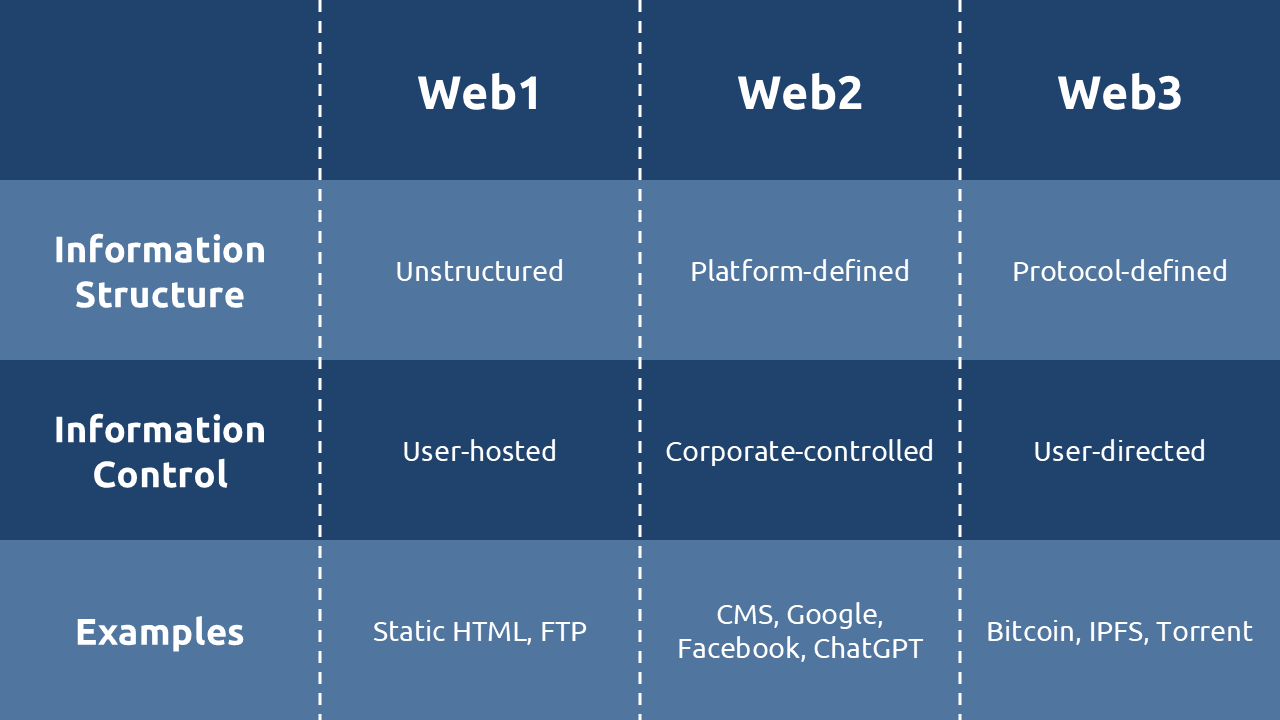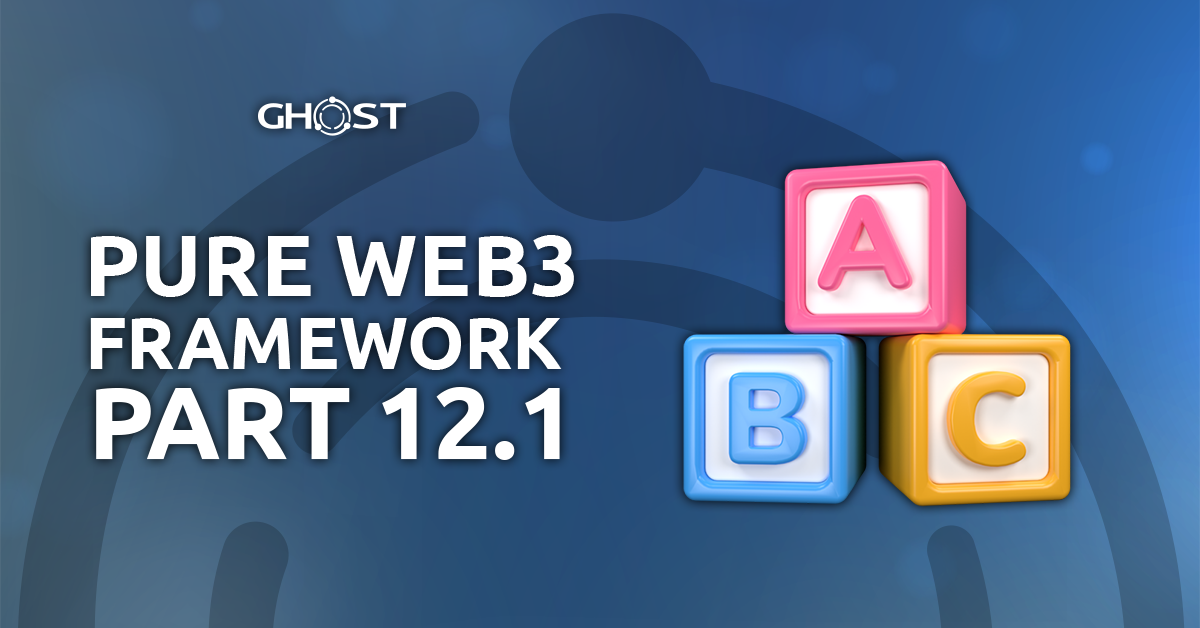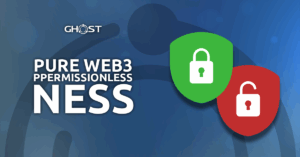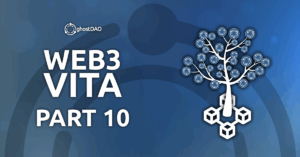Pure Web3 Outline
The Pure Web3 sub-series will be released in multiple parts for easier comprehension. The following figure outlines the series’ structure, showing which sections are already covered, currently being covered, and coming soon.
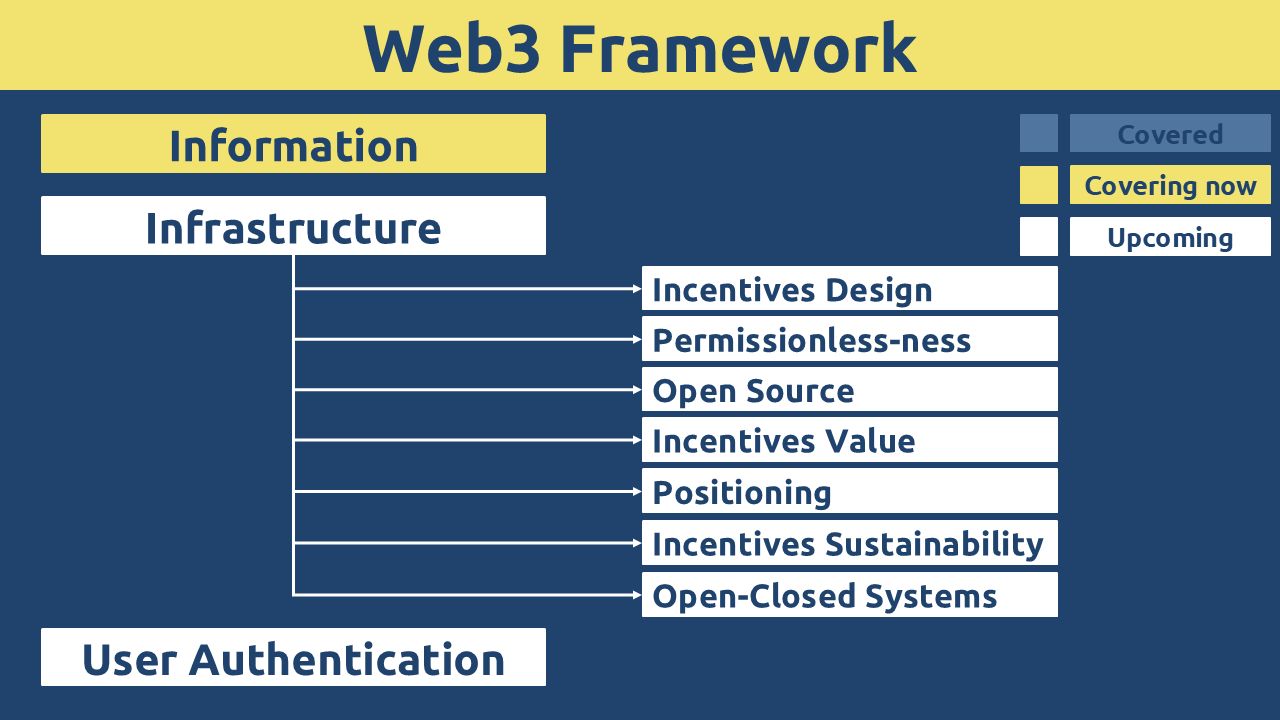
Web3 Framework
To move beyond simplistic categorizations, we introduce a practical evaluation framework (detailed in Figure 1) designed to systematically assess where a project falls along the Web1-to-Web3 spectrum. Unlike the conventional “read-write-own” model, this functional framework provides a more nuanced set of criteria to measure alignment with core Web3 principles.
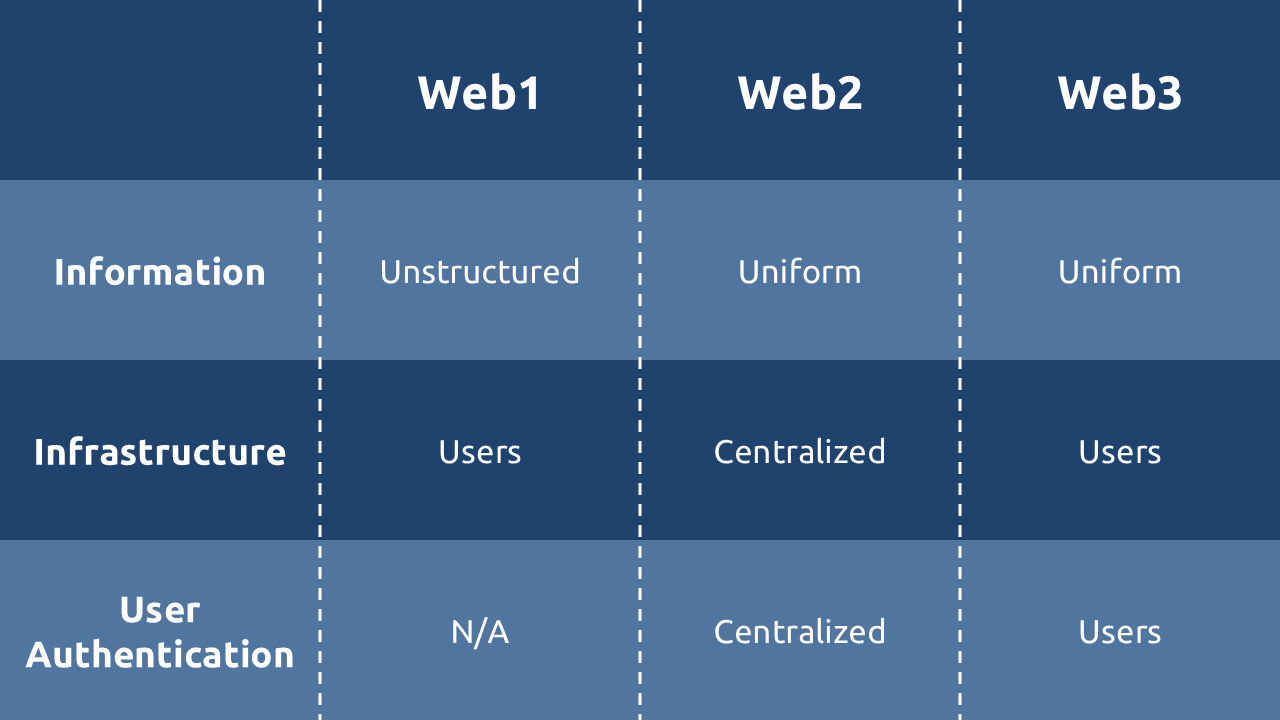
This model is deeply rooted in the vision of Web3 articulated by Dr. Gavin Wood; the one emphasizing decentralization, user sovereignty, and trust-minimized infrastructure. It serves not as a rigid taxonomy, but as a diagnostic tool to evaluate projects based on their architectural and economic design.
Information
The evolution of information online mirrors the broader transition from Web1 to Web3. Under Web1, information was largely unstructured and decentralized in publication – static pages built on diverse, often incompatible frameworks resulted in a vast but disorganized digital landscape. Data existed, but without uniform standards or machine-readable context, its utility was limited.
Web2 introduced order through centralization. Content Management Systems (CMS) enabled effortless website creation, while platforms like Facebook consolidated user interaction within walled gardens. However, the true architect of Web2’s information layer was Google. Its search algorithms forced the web into uniformity by rewarding SEO-friendly, tagged, and indexed content. To be visible was to be compliant; Web1’s asynchronous and independent nature was effectively marginalized.
Even modern AI, often misperceived as revolutionary, operates within a Web2 paradigm – processing data within centralized silos, often without user control or transparency.
Web3 reintroduces uniformity but through open protocols, not corporate enforcement. From torrent files to Bitcoin transactions, data follows shared, open standards that enable interoperability and user control. However, Web3 remains a nascent layer, accounting for only a small portion of today’s internet. The majority remains under Web2’s influence, while Web1’s maximalist, self-hosted ethos persists in corners of the digital world.
